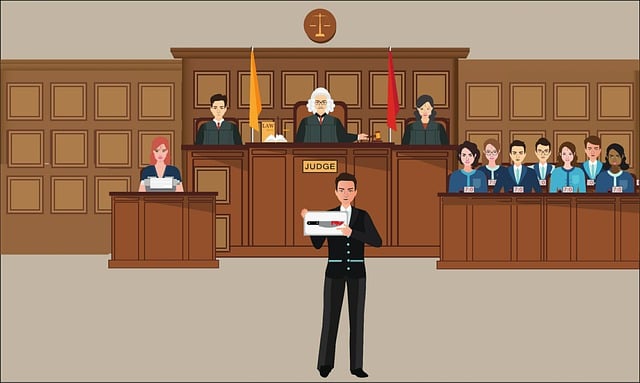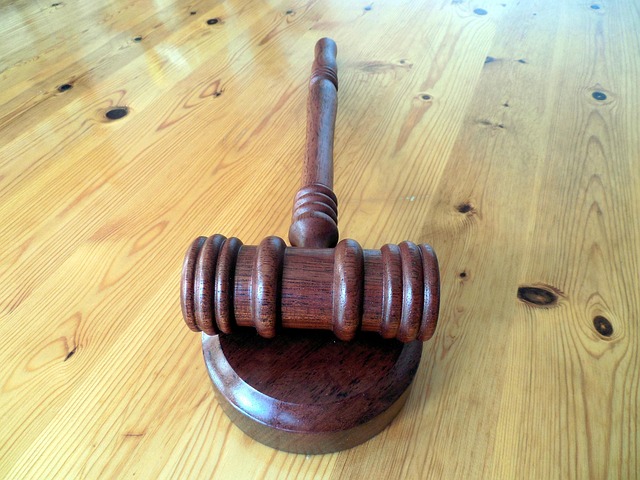In real estate, non-compliance by tenants can arise from various issues like late rent, damage, or illegal activities. To protect investment integrity and property marketability, landlords and managers must understand breaches, gather evidence, know legal rights, and communicate effectively. Best practices involve providing formal written notices, allowing resolution time, and considering mediation or court action. Strategic management requires open communication, thorough documentation, regular updates to stakeholders, and detailed records for transparency and dispute resolution.
In the dynamic realm of real estate, maintaining compliance is paramount. This article explores the formal process of removing noncompliant tenants, a critical aspect often overlooked yet crucial for landlords. We delve into understanding non-compliance in tenancies, examining the legal framework and procedures that govern this sensitive matter. Additionally, best practices are outlined to ensure a smooth transition process, providing guidance essential for real estate professionals.
Understanding Non-Compliance in Real Estate Tenancies

Non-compliance in real estate tenancies can arise from various issues, such as failure to pay rent on time, damaging property, violating lease terms, or engaging in illegal activities on the premises. Understanding non-compliance is a crucial first step for landlords and property managers aiming to maintain their investments’ integrity and value. This involves recognizing different types of breaches, gathering evidence, and understanding the legal rights and obligations outlined in the lease agreement.
Real estate professionals must approach non-compliant tenants with fairness and consistency while adhering to local tenancy laws. Effective communication, including clear notices and documentation, is essential throughout the process. By proactively addressing non-compliance early on, landlords can prevent more severe issues, minimize financial losses, and protect their property’s long-term marketability in a competitive real estate environment.
Legal Framework and Procedures for Removal

In the realm of real estate, ensuring compliance is paramount for maintaining a harmonious relationship between landlords and tenants. The legal framework surrounding tenant removal processes varies across jurisdictions, but certain procedures are universally recognized as best practices. Typically, landlords must first provide formal notice to tenants outlining specific reasons for non-compliance, such as breach of lease terms or failure to pay rent. These notices should be in writing, clearly stating the expected action from the tenant and any available remedies if compliance is not achieved within a specified timeframe.
Proceedings then involve a series of steps designed to uphold fairness and due process. This may include mediation efforts to resolve disputes amicably or, if necessary, filing legal actions in court. Judges often play a crucial role in reviewing the case, ensuring that all parties’ rights are respected while upholding the contractually agreed terms. The entire process is governed by laws protecting both landlords and tenants, aiming to balance the need for property owners to maintain their assets with tenants’ right to fair treatment and housing.
Best Practices for a Smooth Transition Process

When handling the removal of noncompliant tenants in real estate, a well-planned transition process is key to minimising disruption and maintaining a professional image. One best practice is open communication. Regularly update all parties involved—from the tenant to the property management team—to ensure everyone understands the situation and next steps. Transparency helps alleviate concerns and fosters trust.
Additionally, documentation is essential. Keep detailed records of all interactions, notices, and agreements throughout the process. This ensures a clear audit trail and protects both the landlord and the tenant. A well-documented approach can also help in the event of any legal challenges or disputes, providing concrete evidence to support your case.






